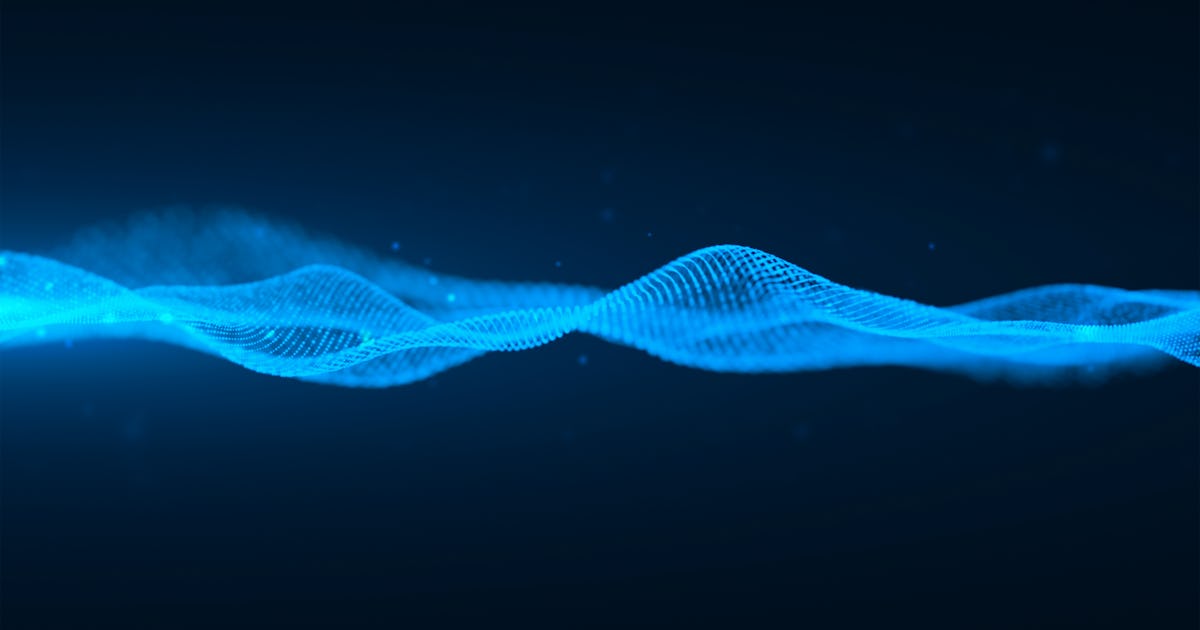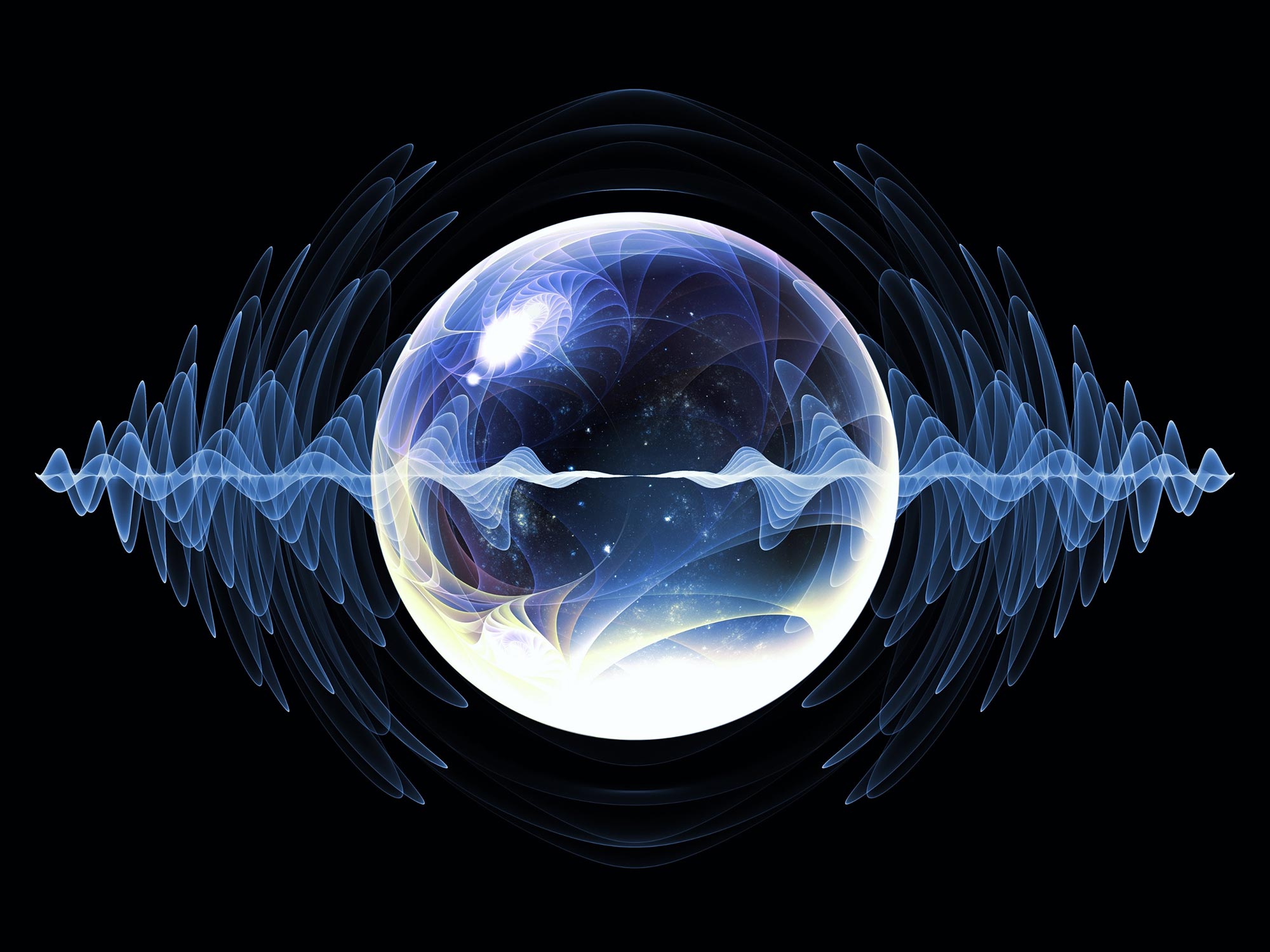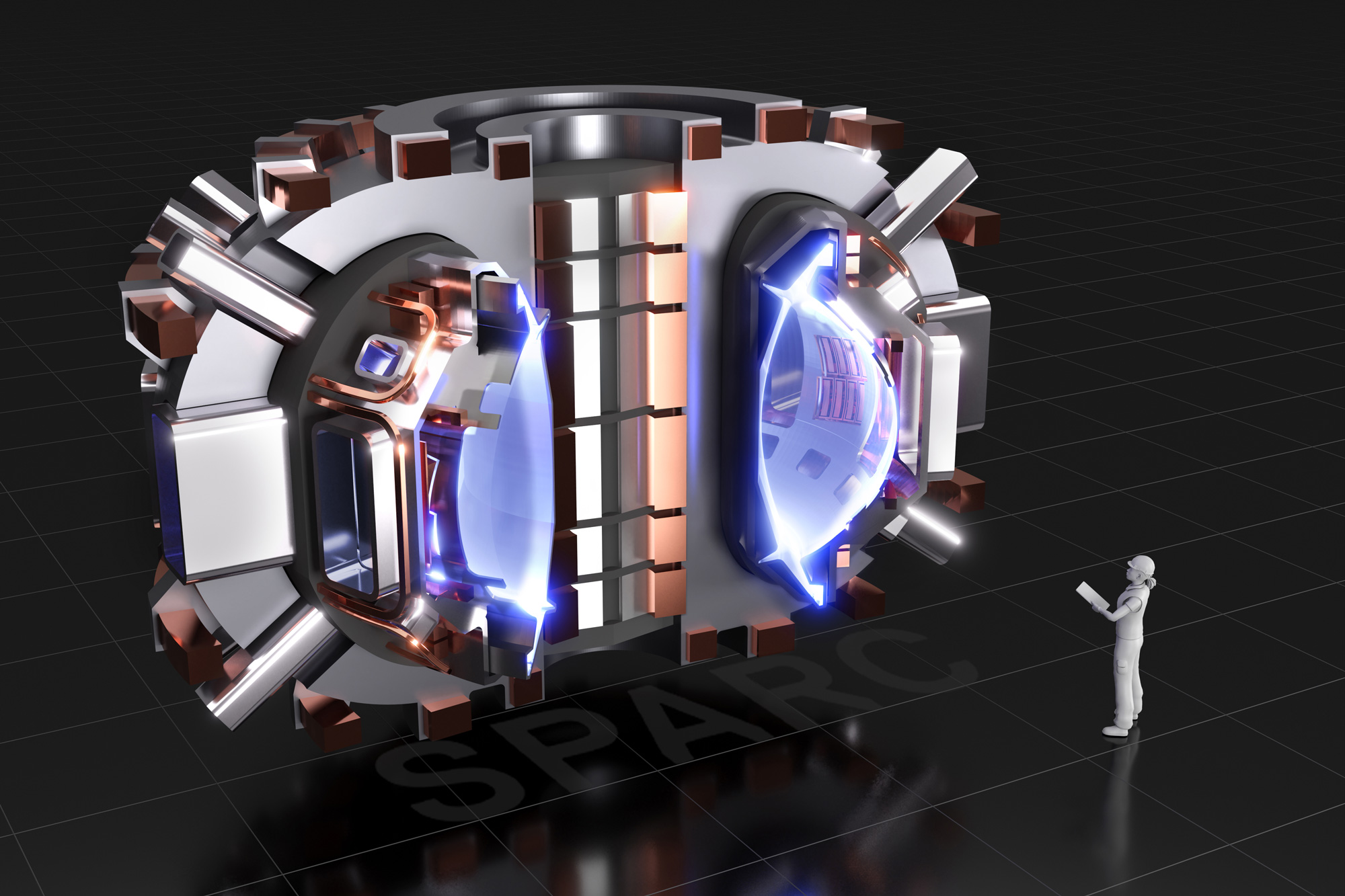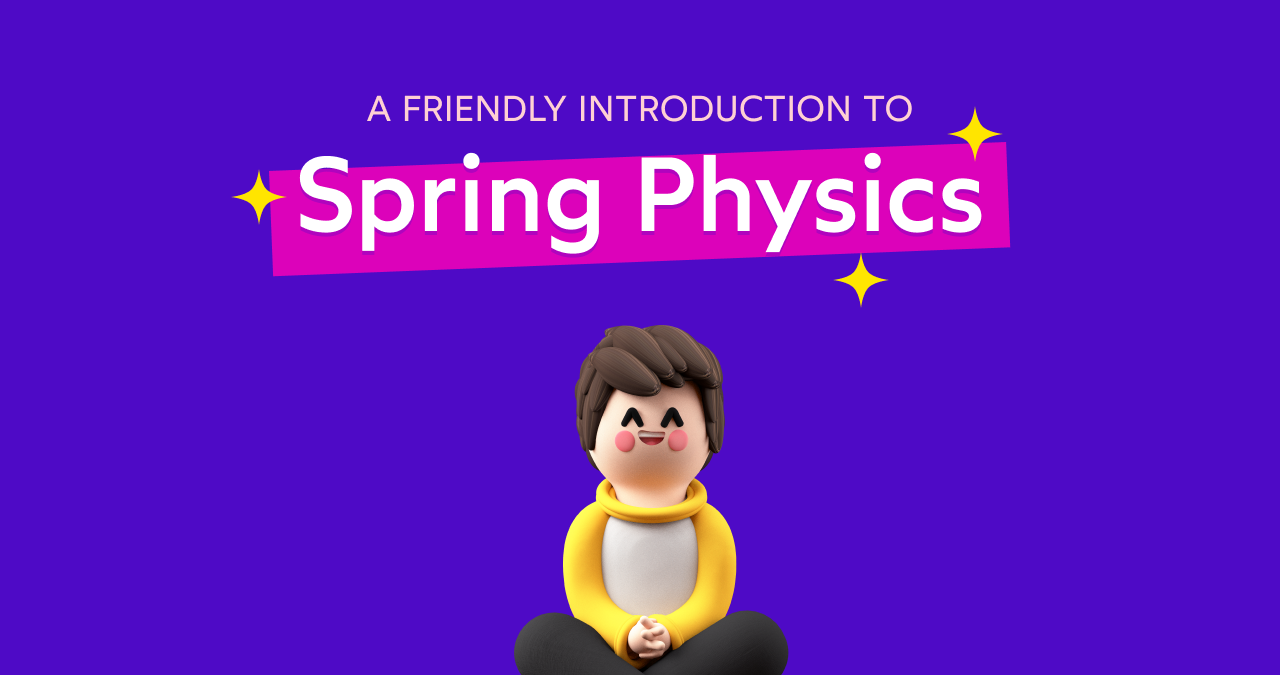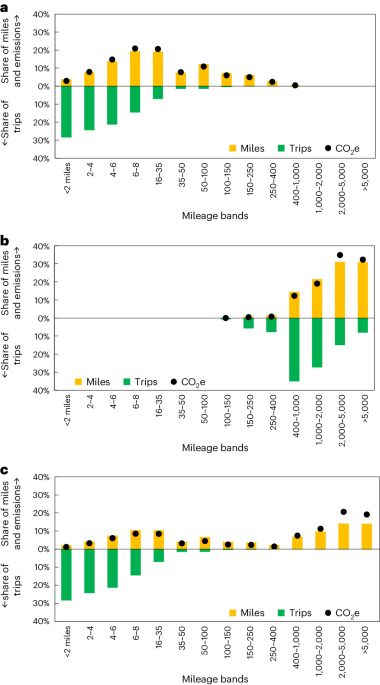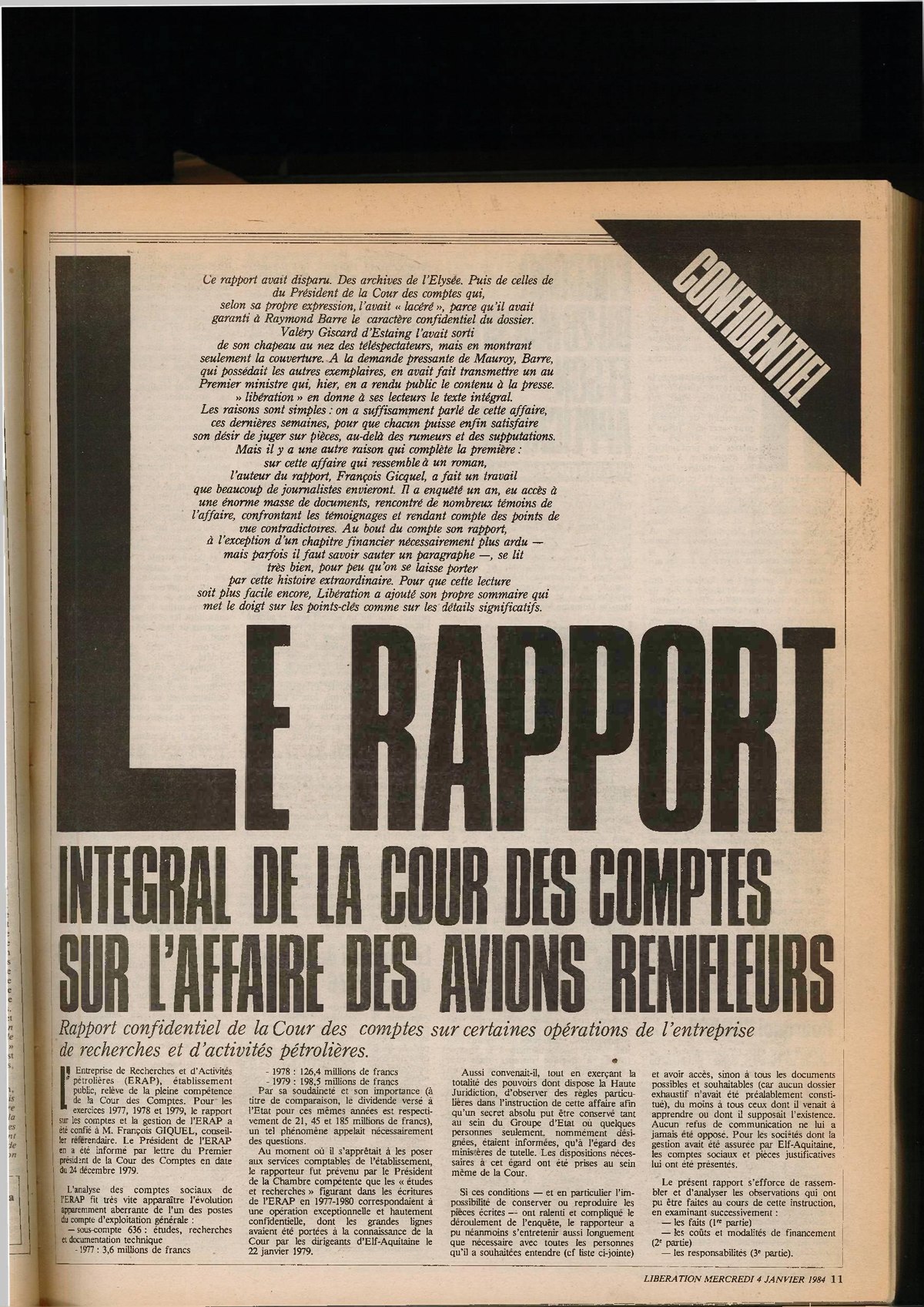
The quantum physics behind fireworks displays
This Thursday, July 4, 2024, is remarkable for a number of reasons. It happens to be just one day before aphelion: the day where the Earth is at its most distant from the Sun as it revolves through the Solar System in its elliptical orbit. It’s the 248th anniversary of when the United States officially declared independence from, and war on, the nation of Great Britain. And it marks the annual date when the wealthiest nation in the world sets off more explosives — in the form of fireworks — than any other.
Whether you’re an amateur hobbyist, a professional installer, or simply a spectator, fireworks shows are driven by the same laws of physics that govern all of nature. Individual fireworks all contain the same four component stages: launch, fuse, burst charges, and stars. Without quantum physics, not a single one of them would be possible. Here’s the science behind how every component of these spectacular shows works.
The start of any firework is the launch aspect: the initial explosion that causes the lift. Ever since fireworks were first invented more than a millennium ago, the same three simple ingredients have been at the heart of them: sulfur, charcoal, and a source of potassium nitrate. Sulfur is a yellow solid that occurs naturally in volcanically active locations, while potassium nitrate is abundant in natural sources like bird droppings or bat guano.
